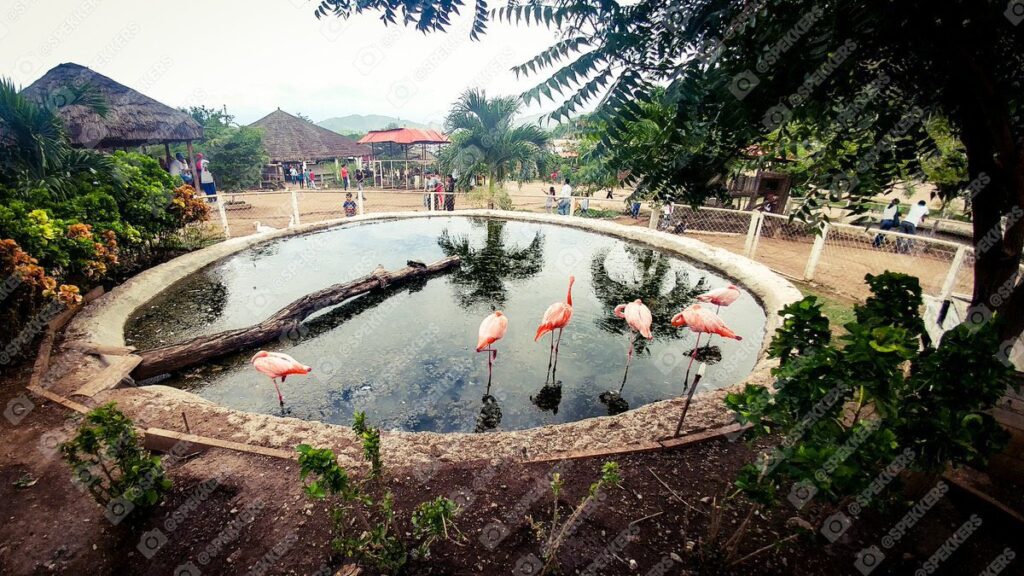What's Behind the Siege of Tocorón?
Journalist Ronna Rísquez explained what's behind the government's crackdown on Venezuela's most notorious prison


Yesterday, the government finally cracked down on the gangs that operate and control the notorious Tocorón prison in Aragua, headquarters of Tren de Aragua: Venezuela’s first transnational crime gang, currently wreaking havoc in Chile, Colombia and other three Latin American countries. The gang is currently led by Hector “Niño” Guerrero.
Tren de Aragua is a postcard of Venezuela’s collapse: the group was born out of a labor union working in the construction of a public railway that would run through Aragua and Carabobo. But construction—like much of the public works of Hugo Chávez’s government—halted indefinitely in 2011. By then, the labor union had started to extort contractors and participate in criminal activities, eventually becoming a mega-gang that controlled the Tocorón prison (oficially called Centro Penitenciario de Aragua): a kind of crime city-bunker-resort—outside State control—with a nightclub, a zoo, a pool, stores, sport courts and an eatery named El Sazón del Hampa.

Since then, controlling its operations from within Tocorón, the gang has expanded to other Latin American countries by following southward migrant caravans. Now, 11,000 officers have taken over Tocorón, in what was publicized as a Bukele style operation, promising to end the reign of hola, soy María. Yet, according to the Venezuelan Observatory of Prisons, Niño Guerrero and his closest peers escaped from the prison days before the operation without telling other Tocoronites.
What does the siege of Tocorón means? Ronna Rísquez—an investigative journalist who formerly worked in Insight Crime and recently published a book on the gang, for which her relatives received death threats—explains it in TalCual. The five takeaways are translated below:
- The fact that the government took over Tocorón—or “dismantled a conspiracy and crime center,” in Minister Remigio Ceballos’ words—doesn’t mean the dismantling or disarticulation of Tren de Aragua.
- The government’s communications don’t mention Tren de Aragua: only the Tocorón prison, “an international criminal network” and “organized crime gangs”.
- We don’t know anything about the pranes—or gang leaders—who were inside: Were they transferred to another prison? What happened to them?
- Is this a negotiated intervention? It seems likely, Rísquez says: “Tocorón is not any prison. It’s a sort of small city inside the prison where women, children and old people who were relatives of the inmates lived. An intervention without violence or force, as it seems, wouldn’t be possible without an agreement or negotiations.”
- Why now? According to Rísquez, this is part of the government’s actions to regain international legitimacy: “Tren de Aragua is a sort of small stain in Venezuela’s relations with countries like Colombia, Perú and Chile where authorities have exhorted Venezuela to take action against the Tocorón prison.”
Caracas Chronicles is 100% reader-supported.
We’ve been able to hang on for 22 years in one of the craziest media landscapes in the world. We’ve seen different media outlets in Venezuela (and abroad) closing shop, something we’re looking to avoid at all costs. Your collaboration goes a long way in helping us weather the storm.
Donate




